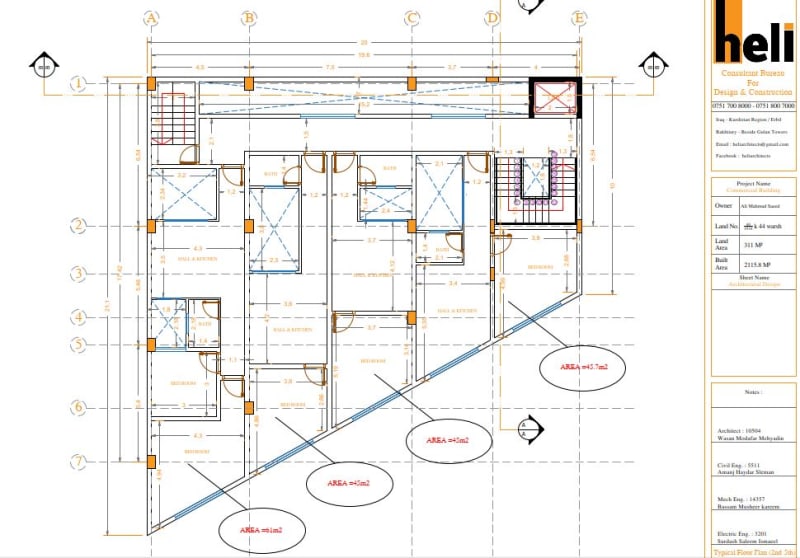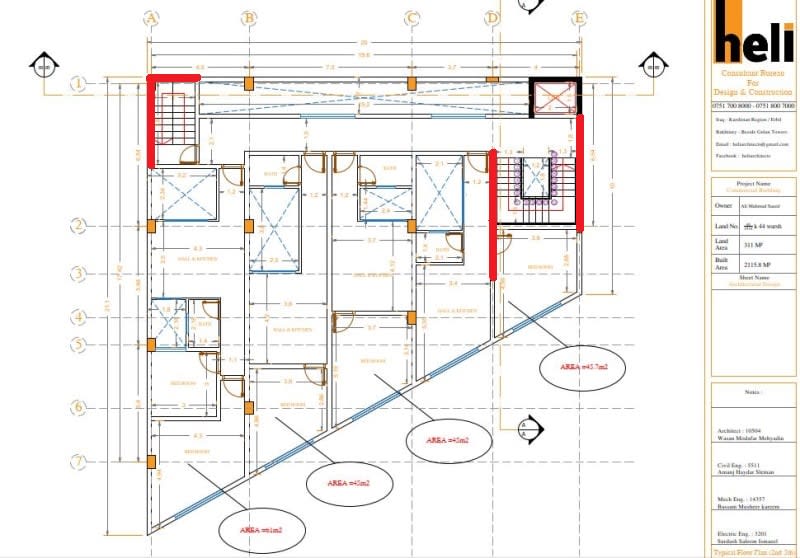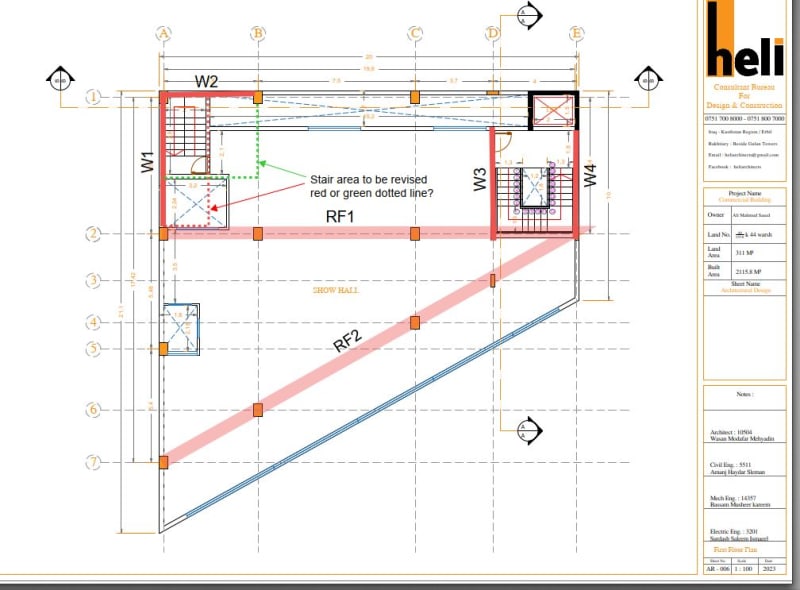Hi all,
Please find the attached image.
Do you think the proposed geometry acceptable regarding center of mass and center of rigidity considerations? FYI the red circle is the center of mass.
Please find the attached image.
Do you think the proposed geometry acceptable regarding center of mass and center of rigidity considerations? FYI the red circle is the center of mass.



